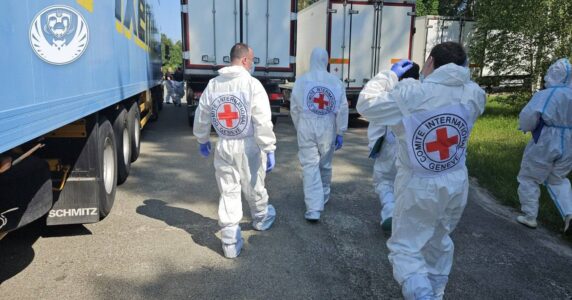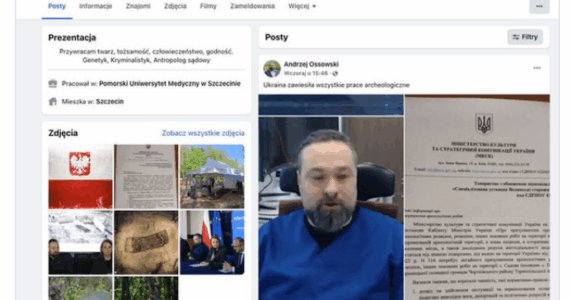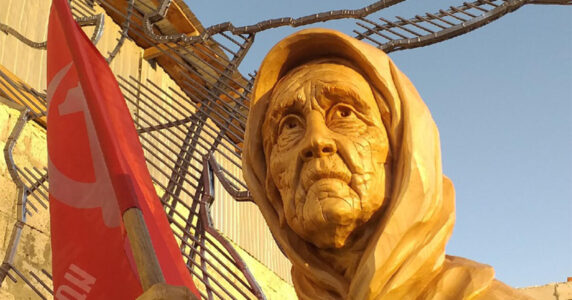Navigation and useful materials
To celebrate the 30th anniversary of Ukraine’s independence, our team has collected 30 fun facts about our country, illustrating our democratic tradition, our unity with Crimea, resilience and unrelenting love for freedom. Happy Independence Day!
- Scientists believe that Trypillia society was balanced and organized non-hierarchically, with negotiations and self-government. However, attempts to limit and centralize power led to the collapse of this culture.
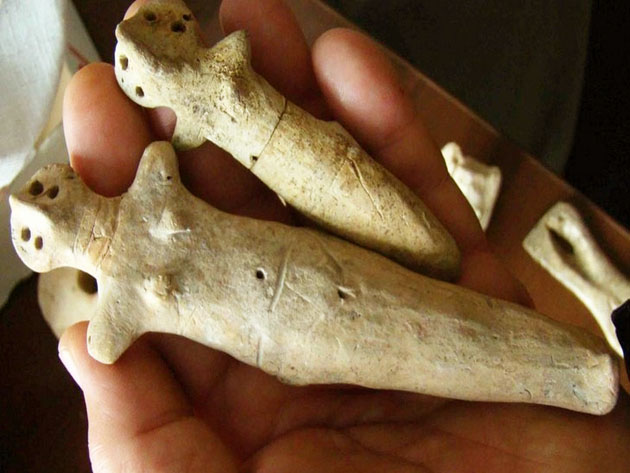
- In his History of the Wars, Byzantine historian Procopius of Caesarea describes the Sclaveni and the Antes, Ukrainians’ possible ancestors, as people who are not under the command of any one person. They made all decisions together, in a democratic way.
- Pylyp Orlyk’s Constitution, the first one in Ukraine and one of the first European constitutions, proposed the division of power into separate branches and criticized autocracy.
- The Constitution of the Ukrainian People’s Republic of 1918 declared that the sovereign right in the country belonged to the people, and the task of the government was to ensure people’s rights.
- “The state must not be a despotic idol, enjoying the servitude of slaves deprived of all human rights. The state… serves free citizens to provide them with the best conditions to fulfill their creative potential to the fullest!” said the Bulletin of the Presidium of the Main Ukrainian Liberation Council, which worked in secret during World War II.
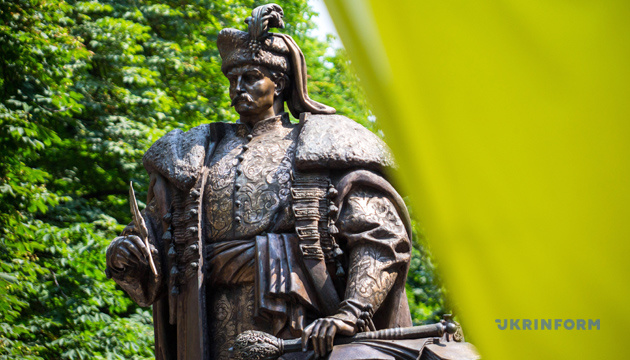
- “Eternal friendship with Crimea”: an entire section of Pylyp Orlyk’s Constitution is devoted to relations with the Crimean state, which are described as “neighborly friendship,” “ancient brotherhood,” and “eternal affinity.”
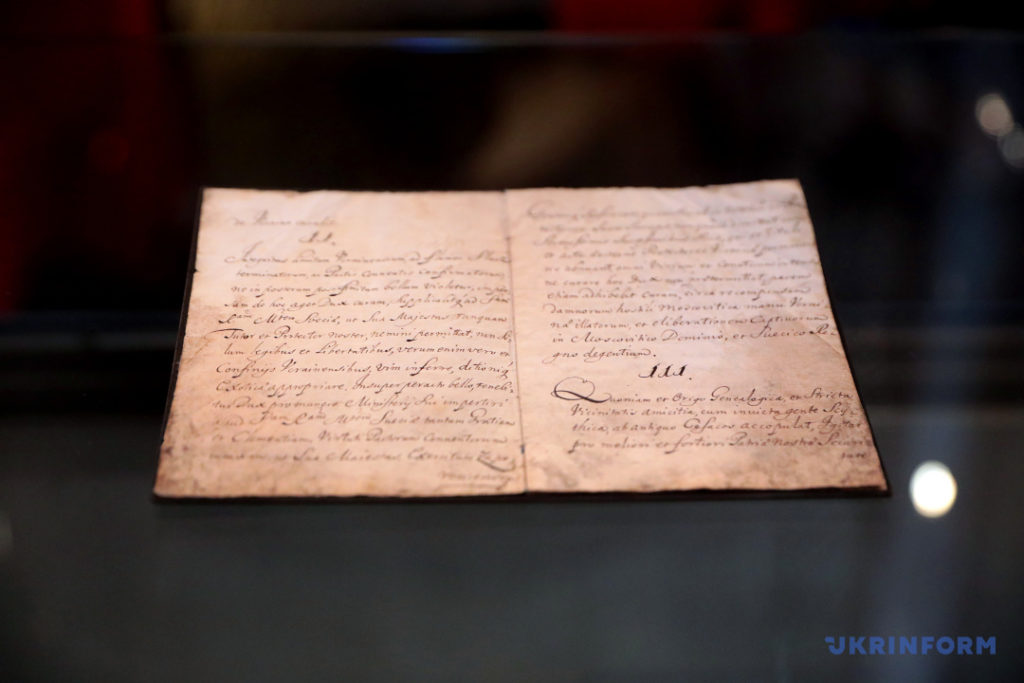
- The period after Crimea’s annexation in 1783 by the Russian Empire was dubbed “the black century” by Crimean Tatars. Prior to that, the peninsula had not been associated with Muscovy for thousands of years.
- The Ukrainian Cossacks defeated the Muscovites together with the troops of the Crimean Khanate—they fought side by side in the battle of Konotop against a common enemy. About 40,000 Crimean Tatars participated in the battle.
- “First precedent in the history of the Turks and Islam.” The first Muslim women’s magazine in Crimea came out in 1917. It was published by Shefika Gasprynska, who was passionate about the ideas of emancipation and women’s rights. She also became the first woman in the presidium of the national assembly—the Kurultai of the Crimean Tatar people.
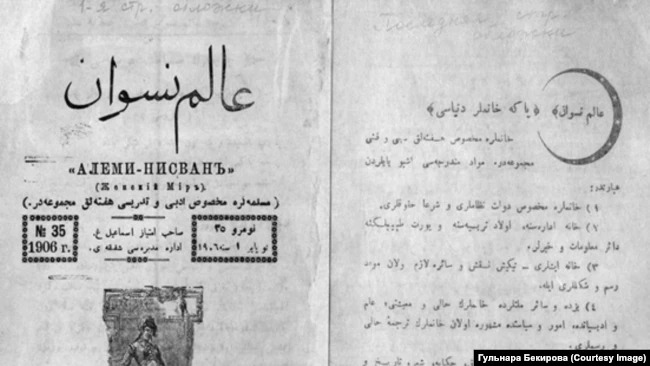
- Ukrainians and Crimean Tatars tried to restore their statehood almost simultaneously. In 1917, the Crimean People’s Republic was proclaimed in Bakhchisarai—the first democratic republic and the first country with voting rights for all women in the Muslim world.
- “Chumaks’ Way.” Ukrainians have preserved to this day their own name of the galaxy in which the solar system is located, as well as all the stars that we see with the naked eye—the Chumaks’ Way, as opposed to the Milky Way.
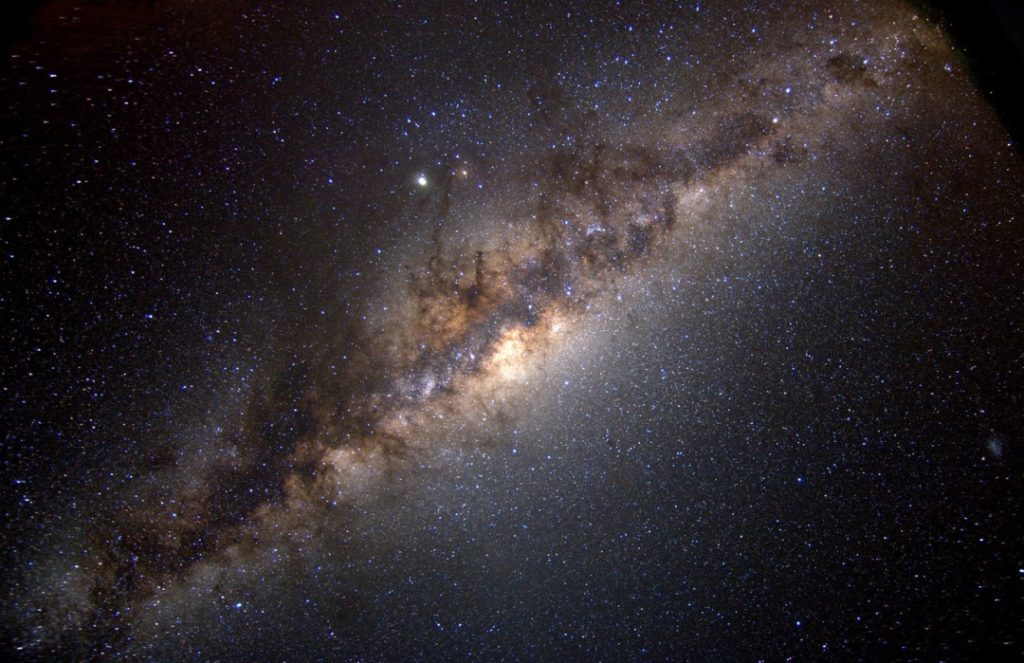
- “Watching the sky and thinking a thought,” a Ukrainian song, is the first song to ever be sung in space. The singer was the Ukrainian cosmonaut Pavlo Popovych on the Vostok-4 spacecraft— he did it for Ukrainian spacecraft designer Sergey Korolyov. Elon Musk, the founder of SpaceX, called him one of the best experts in the industry.
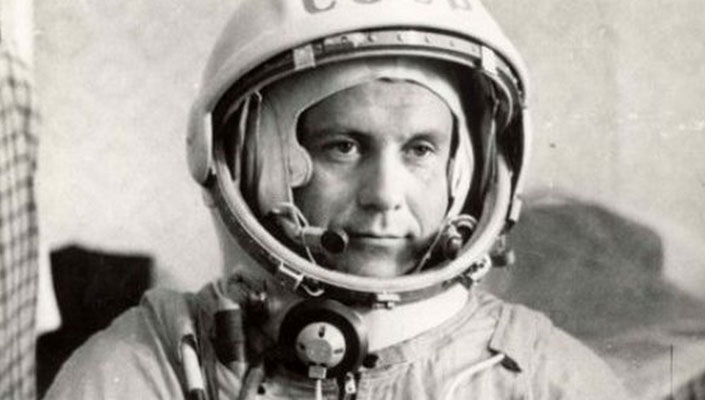
- He killed the Russian tsar and designed a rocket in a death cell. Mykola Kybalchych was sentenced to death for making the explosive that killed Tsar Alexander II. In the death cell, Mykola Kybalchych managed to design a flying device with a jet engine and give it to his lawyer just a few days before his execution.
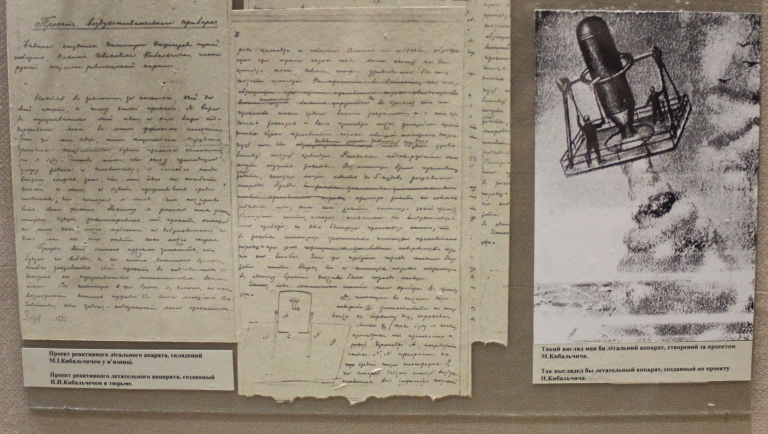
- He paved the way to the Moon for Americans. Poltava-born Yurii Kondratiuk developed the theory of stopping at a celestial body with a strong gravitational field. Even as a student, he realized how to organize the landing and takeoff of the entire spacecraft. Forty years later, Americans successfully used Mykola Kondratyuk’s calculations to land astronauts on the Moon.
- Rockets from Ukraine. Ukrainian enterprises still participate in the development of rockets for the entire world. For instance, the European rocket Vega has a Ukrainian engine, developed by the state enterprise KB Pivdenne. The rocket has already been successfully launched into space 17 times, with the last time just this August. It delivered space exploration satellites to the orbit.
- Archduke Wilhelm Habsburg became so fascinated with the Ukrainian language and culture that it took his life. For his love of traditional embroidered shirts, he was nicknamed Vasyl Vyshyvany (Vasyl the Embroidered), he wrote poems in Ukrainian, commanded a detachment of Ukrainian Sich riflemen, and later became a minister of the Ukrainian People’s Republic. Soviet agents abducted him in Vienna and then sentenced him to 25 years in prison for attempting to “create an independent Ukraine.”
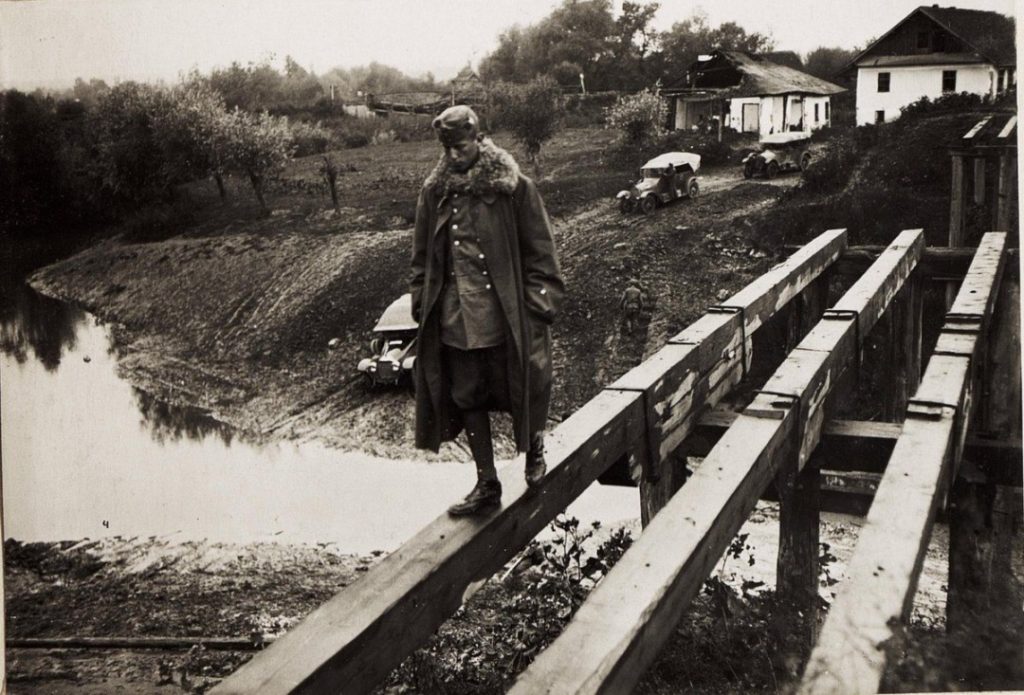
- Ukrainian pilot Ivan Datsenko came to Canada from Poltava, married the daughter of an Iroquois leader, and later became a leader himself. Their children spoke Ukrainian. It all started during the war, when Datsenko was wounded and taken prisoner near Lviv in 1944. He fled from hospital to forests controlled by Ukrainian Insurgent Army divisions. There is a theory that Datsenko may have ended up among the rebels and gone to Canada with their help.
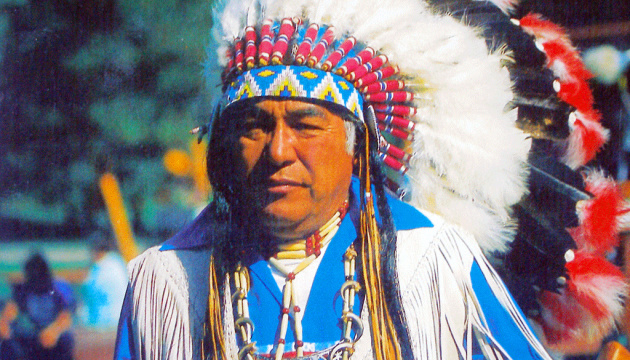
- Oleksiy Alchevsky, an industrialist whose name was given to the city of Alchevsk, is one of those factory owners in the Donetsk region who cared about the Ukrainian language and culture. His wife said that Alchevsky was a “fanatical Ukrainian,” who had invested heavily in the Ukrainian movement during the strict ban on all things Ukrainian in the late 19th century.
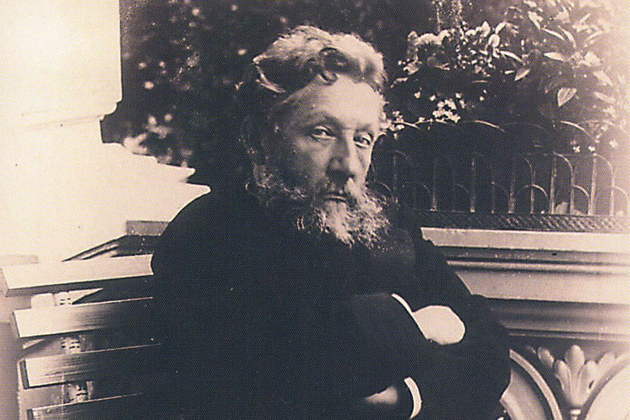
- Anastasia Markovych was frequently featured in Ukrainian proverbs as the one wearing pants in the family. Historically, Anastasia, whose husband was Hetman Ivan Skoropadsky, was a true leader of the Cossack army. Her sharp temperament, authoritarian nature and engagement in government affairs, she was also called “a hetman in a dress.”
- Halyna Kuzmenko, a teacher from Huliaipole, is much less known than her husband Nestor Makhno, but it was she who tried to make his insurgent army more Ukrainian. The woman sewed blue and yellow flags, translated the proclamations into Ukrainian, and tried to persuade Makhno to choose the national project over a communist one.
- Alexander Solzhenitsyn, a Russian writer and GULAG prisoner, wrote that the first wave of resistance in Stalin’s camps began after Ukrainians arrived. According to him, it was they who brought the “virus” of insurgence to the GULAG.
- “Anyone who says we got our independence easy doesn’t know that we had 10-year prison sentences and exile”: back in the ‘60s, Soviet dissident and later Ukrainian MP Levko Lukianenko decided that Ukraine needed to be independent and democratic. To accomplish this, he created an underground organization, which was later exposed by the KGB. Lukianenko spent 25 years in prison and in exile. It was he who wrote the draft Declaration of Independence of Ukraine in his notebook, which was adopted on August 24, 1991.
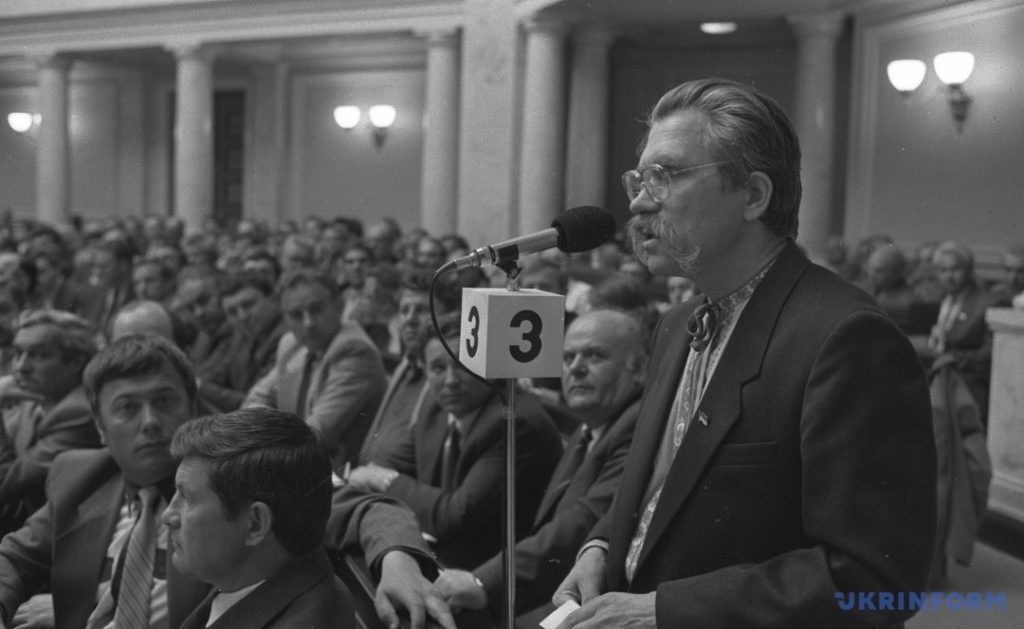
- In 1976, during a match between the USSR and the GDR in Montreal, a Canadian of Ukrainian descent, Danylo Myhal, ran out onto the field in a Ukrainian embroidered shirt carrying a Ukrainian flag and danced hopak. At the stadium, 150 Ukrainians hung a poster reading “Freedom to Ukraine!”.
- Back in 1939, the Kremlin leadership found that of all the republics, Ukraine accounted for 60% of all the explored gas reserves. This way, Ukraine became one of the largest exporters of natural gas in Europe, and in 1975, it set a new high score of gas mining with almost 70 billion cubic meters.
- Ukraine was the only republic of the former Soviet Union to hold a referendum to confirm its declaration of independence, which was in full compliance with the legislation in force at the time.
- “Listen to me, man. If there’s one thing that I know is never to mess with Mother Nature, mother-in-laws or mother-freakin’ Ukrainians,” says the character named Skinny Pete in The Italian Job with Charlize Theron and Mark Wahlberg.
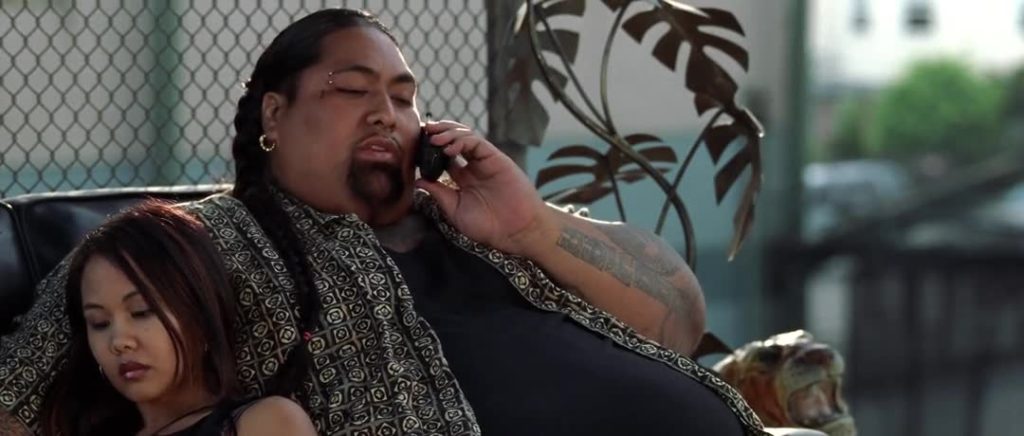
- In Tim Burton’s animated movie Corpse Bride, the main character had to chant a “Ukrainian haunting spell” to return to the world of the living from the underworld.
- In Christopher Nolan’s Tenet Ukraine becomes the starting location of a mission to save the world from something even worse than a nuclear war. It is in Kyiv that the protagonist first encounters the future technology of inversion—thanks to a stranger who saved him.
- Russia’s war against Ukraine appeared in the game Combat Mission: Black Sea back in 2014. The Black Sea mod to Combat Mission is dedicated to the war of NATO and Ukraine against Russia. The storyline is the Russian army occupying Crimea, Ukraine announcing it was joining NATO and the EU in response, and the resulting full-scale war in 2017.
- The game Tom Clancy’s Ghost Recon: Shadow Wars, which came out in 2011, predicted the events that would take place 3 years later. Much of the game’s plot is devoted to the defense of Ukraine from Russian troops by the elite detachment Ghost Recon.
If you have found a spelling error, please, notify us by selecting that text and pressing Ctrl+Enter.
